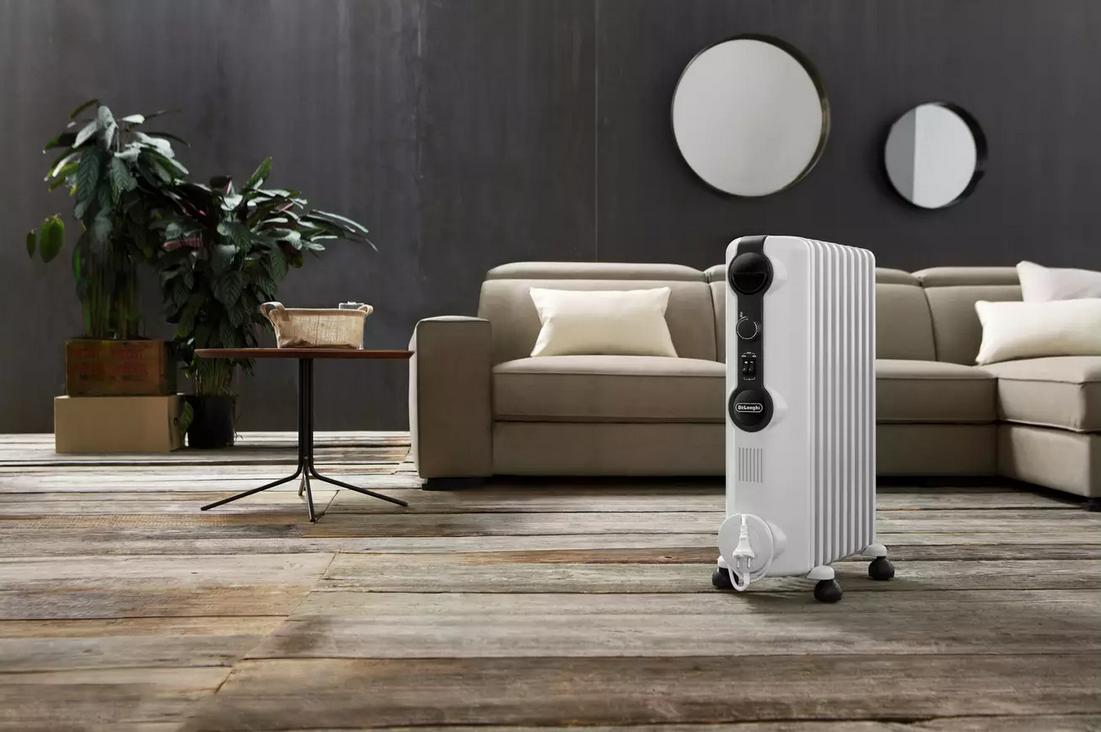
Oil filed radiators are a great appliance to have in the home to keep warm this winter. They can help to warm up rooms and retain the heat even after switched off. If you have one, you may be thinking of ways to get the most from your radiator to battle the cold weather. Here are some easy ways to optimise the heat output from your radiator.
Choose the right radiator for your room
Firstly, it is important to choose the correct radiator for your room size. Some radiators are designed to heat smaller spaces, whilst other larger. If you choose a smaller heater for a larger room, you may not get the results you desire. Similarly, some radiators are only designed for occasional use, but others are designed for more frequent heating. We recommend checking any product information to make sure you use the right radiator.
Distribute heat effectively with the correct placement
A simple step towards getting the best output is to get the correct placement of the radiator. This means choosing somewhere to get the most efficient heat distribution. Generally, we would recommend placing it central is possible, or simply moving closer towards where you will be in the room if you want to ensure you are kept warm.
Utilise reflective surfaces to prevent heat absorption
Heat can be absorbed by different surfaces. With radiators, it is possible for walls to absorb the heat. To tackle this, you can use a radiator reflector on the wall or surface behind where the radiator is positioned. This helps to reflect the heat back into the room to prevent the wall from absorbing it.
Take advantage of different settings
Depending on your model of radiator, you may find a variety of heating settings to choose from. These settings can allow you to increase or decrease the heat. This means on a colder day you can bump the setting up to give you that extra bit of warmth if required.
Maximise airflow for heat circulation
Oil filled radiators are sometimes chosen due to their silent nature as they do not blow out air. However, having an effective airflow alongside the radiator can help to circulate the heat around the room. You can position a small fan to help circulate the warm air around the room. This is useful if you are trying to heat up a larger room.
Seal off any drafts and close doors to create zones
You can prevent heat loss by sealing any gaps that may be causing a draft. Similarly, you can also ensure doors are closed for the rooms being heated. This helps to create a zone of heat to keep the room warm. This also means once the zone is warm, you can switch off the heater for a bit as the heater will retain heat and the warmth should remain in the room.
Keep rooms well insulated
Finally, to optimise the heat output of the radiator, we suggest ensuring your rooms are well insulated. This can be by using rugs, curtains or glazing on windows and doors. This is another simple way of retaining the heat in the room.
To summarise
By using this advice, you can get the best results from your radiator to keep you warm. Remember to check your user manual for any specific information for your product.
You can shop all our heating and cooling range here.